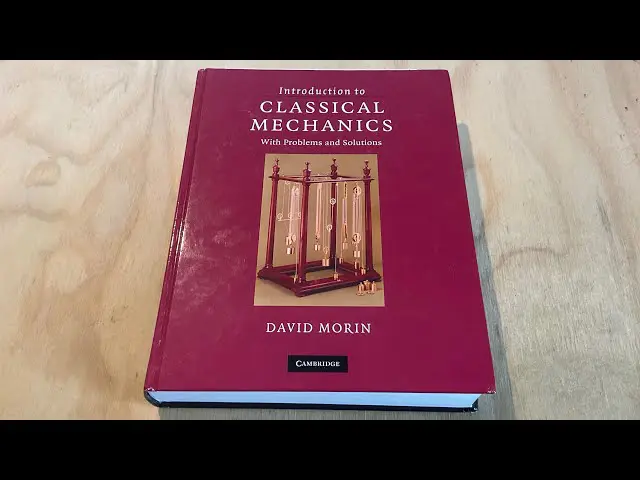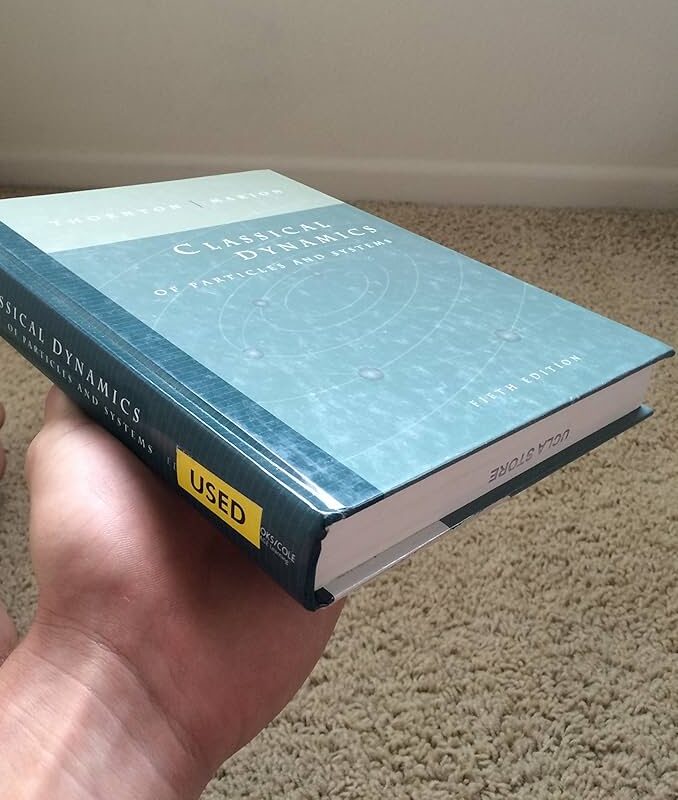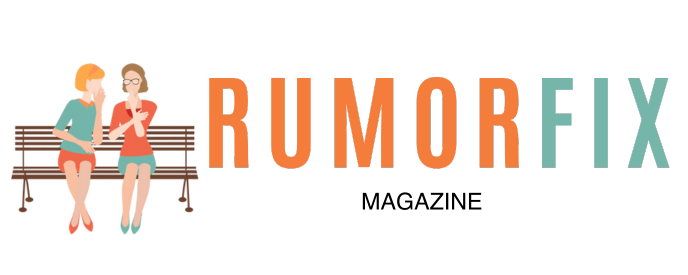
Classical mechanics, a cornerstone of physics, delves into the motion of objects and the forces that act upon them. Its principles form the bedrock of much of modern science and engineering.
Understanding classical mechanics not only provides insights into everyday phenomena but also builds a foundation for more advanced topics in physics, such as quantum mechanics and relativity.
This journey through classical mechanics can be immensely rewarding, but it demands dedication and the right resources. This article explores some of the best books available for mastering classical mechanics, each offering unique strengths to aid in the learning process.
Introduction to Classical Mechanics

Classical mechanics is often the first major hurdle for students venturing into the realm of physics. It encompasses the study of objects in motion, the forces that affect this motion, and the underlying principles governing these phenomena.
The subject is rich with historical significance, tracing its roots back to the groundbreaking work of Sir Isaac Newton in the 17th century. His laws of motion and universal gravitation revolutionized our understanding of the physical world.
Today, classical mechanics remains a vital field of study, providing essential insights into the behavior of macroscopic objects.
One particularly effective way to solidify your grasp of classical mechanics is through practice. Working through solved problems in classical mechanics can provide practical insights and reinforce theoretical knowledge. This approach not only enhances comprehension but also builds problem-solving skills, which are crucial for mastering the subject.
Classic Textbooks for Beginners
For those new to classical mechanics, starting with a well-structured textbook that builds from fundamental concepts is essential. One such highly recommended book is “Classical Mechanics” by John R. Taylor. This book is celebrated for its clear explanations and logical progression of topics.
Taylor’s approach balances theory with practical examples, making complex ideas accessible to beginners. The book covers a wide range of topics, including Newtonian mechanics, oscillations, Lagrangian and Hamiltonian formulations, and central force motion. Each chapter concludes with a set of problems that reinforce the material covered, providing ample opportunity for practice.
Intermediate Resources for Further Exploration

Once you have a solid grasp of the basics, it’s time to delve deeper into the intricacies of classical mechanics. “Classical Dynamics of Particles and Systems” by Jerry B. Marion and Stephen T. Thornton is a popular choice for intermediate students.
This book provides a comprehensive overview of classical mechanics, blending traditional topics with modern applications. Marion and Thornton cover advanced topics such as rigid body dynamics, non-inertial reference frames, and coupled oscillations.
The book is known for its detailed derivations and thorough explanations, making it a valuable resource for those seeking to expand their knowledge.
Specialized Topics and Supplementary Materials

In addition to comprehensive textbooks, there are numerous specialized resources that delve into specific aspects of classical mechanics. “Nonlinear Dynamics and Chaos” by Steven H. Strogatz is a highly regarded text that explores the fascinating world of chaotic systems. Strogatz presents the subject with clarity and enthusiasm, making it accessible to readers with a basic understanding of calculus and differential equations. Mathematical Methods in Classical Mechanics
A strong mathematical foundation is crucial for mastering classical mechanics. Several books focus specifically on the mathematical techniques used in this field. “Mathematical Methods of Classical Mechanics” by V.I. Arnold is a seminal work that provides a rigorous introduction to the mathematical underpinnings of mechanics.













